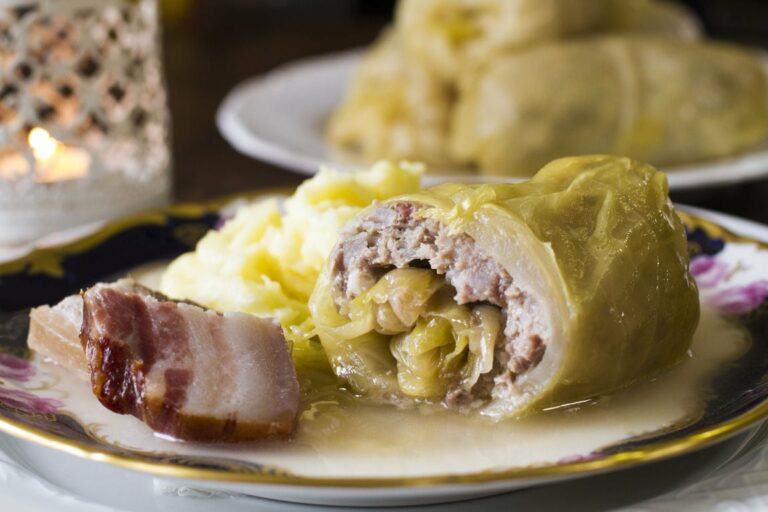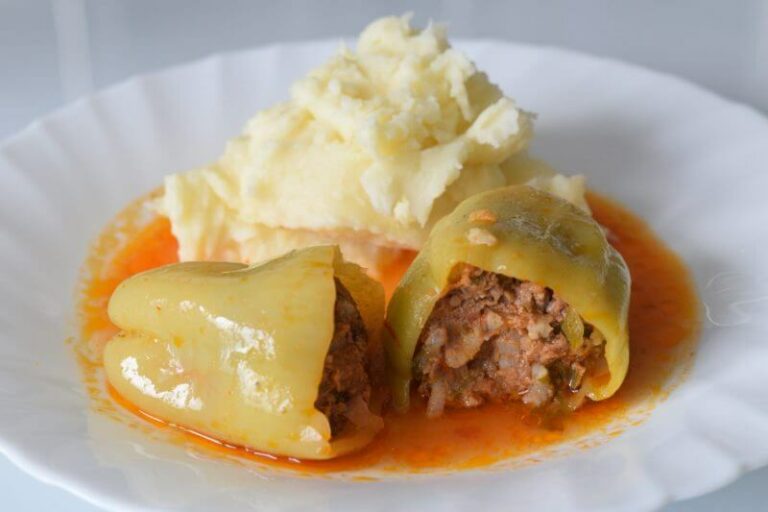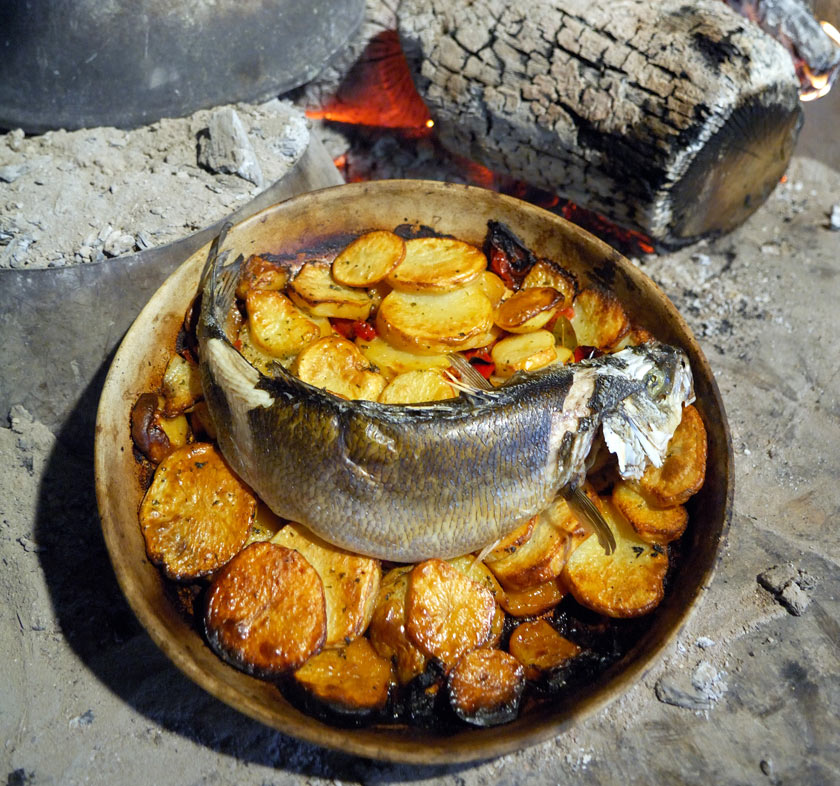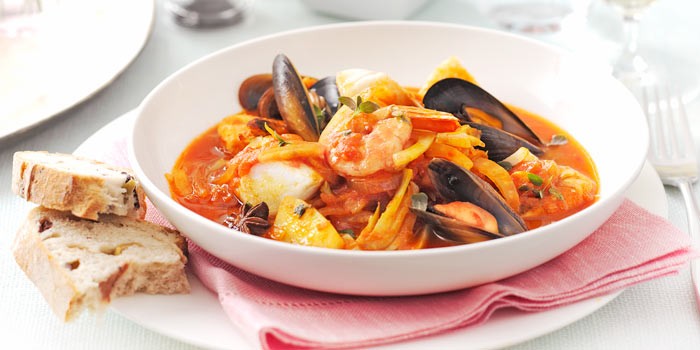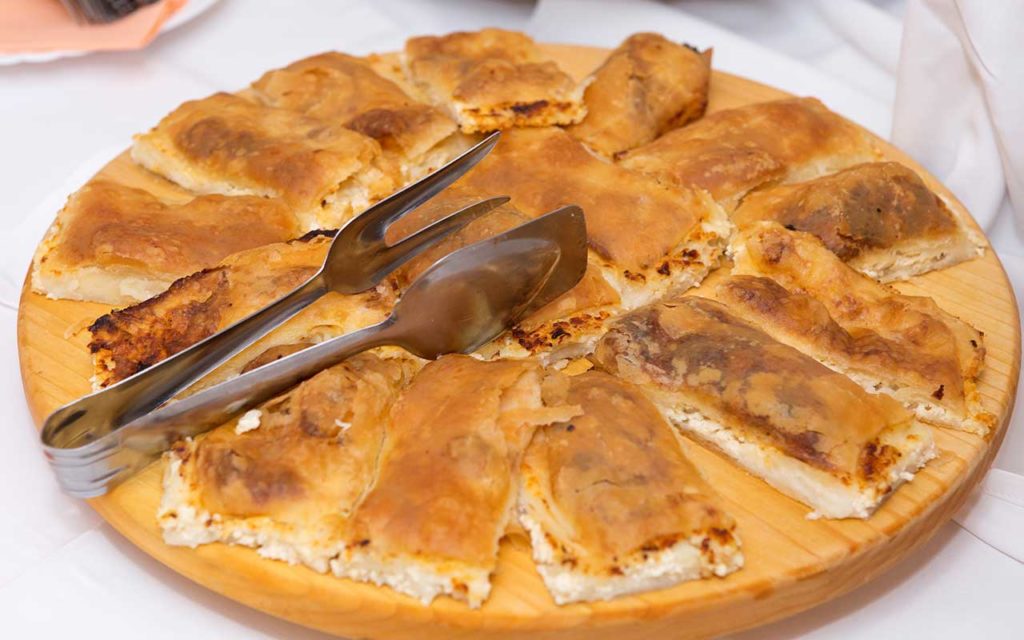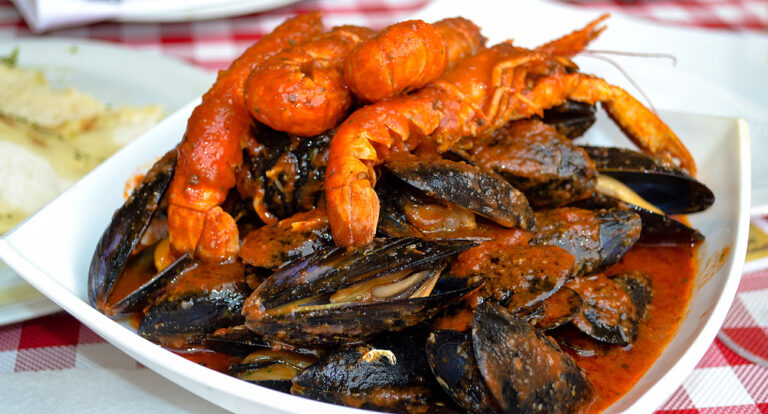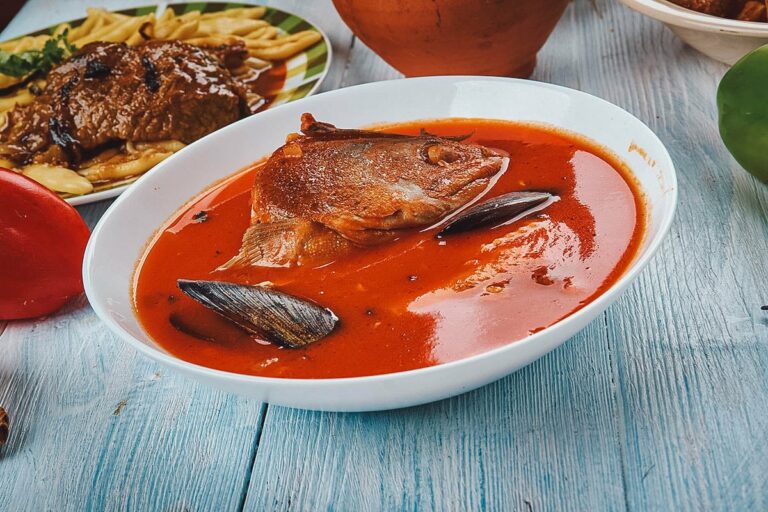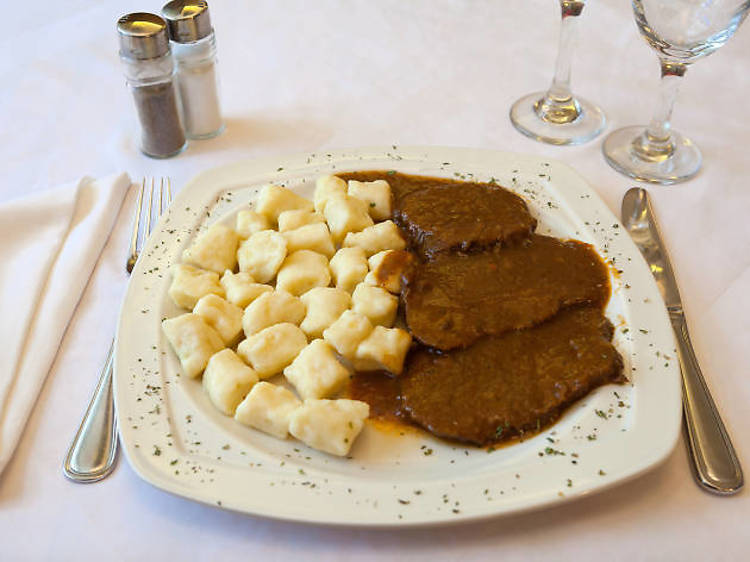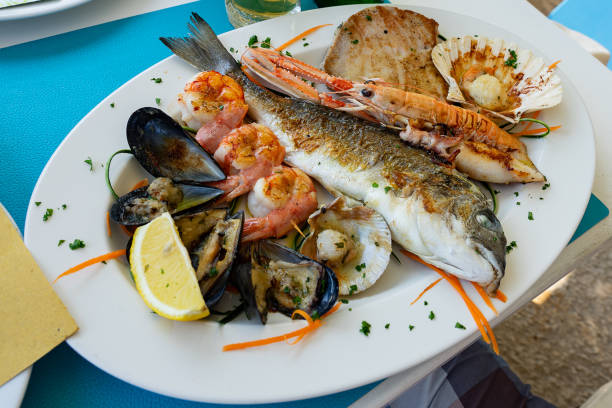Introduction: Croatian cuisine and its beverages
Croatian cuisine is a mix of Mediterranean and Central European influences, which results in a diverse and unique gastronomic landscape. The country’s cuisine is characterized by fresh seafood, meat dishes, and comforting stews, often accompanied by a range of alcoholic and non-alcoholic beverages. Croatian beverages are an essential part of the country’s culture and are enjoyed on various occasions, from casual gatherings to formal events.
Rakija: the most popular Croatian alcoholic drink
Rakija is a fruit brandy that is considered the national drink of Croatia. It is usually made from plums, but other fruits such as grapes, apples, and cherries can also be used. Rakija is often homemade and is served as a welcome drink to guests or as an aperitif before a meal. The drink has a high alcohol content, ranging from 40% to 60%, and is usually served in small glasses. Rakija is also used in traditional medicine for its supposed health benefits.
Gemišt: a refreshing wine-based beverage
Gemišt is a traditional Croatian drink made by mixing white wine with sparkling water. It is a refreshing and light beverage, perfect for summertime gatherings or casual dinners. Gemišt is usually served in large glasses, and the ratio of wine to water can vary, depending on personal preference. Some variations of Gemišt also include a slice of lemon or lime, for an added zesty flavor.
Štrukli: a savory pastry with a unique drink pairing
Štrukli is a traditional Croatian pastry made with phyllo dough and filled with a mixture of cheese and sour cream. This savory dish is often served with a glass of milk, but it can also be paired with a glass of white wine. The wine should be light and acidic, such as a Riesling or a Sauvignon Blanc, to balance out the rich and creamy filling of the pastry.
Pelinkovac: a herbal liqueur with medicinal properties
Pelinkovac is a bitter herbal liqueur that is popular in Croatia. It is made by infusing wormwood, a plant known for its medicinal properties, with a mixture of herbs and spices. Pelinkovac is usually served as an aperitif, and it is believed to aid digestion and stimulate the appetite. The drink has a strong herbal flavor and can be enjoyed on its own or mixed with tonic water.
Kava: the Croatian coffee culture
Kava, or coffee, is a staple in Croatian culture and is enjoyed throughout the day. The coffee is usually served strong and black, and it is often accompanied by a glass of water. In Croatia, coffee drinking is a social activity, and it is common to meet friends or colleagues for a cup of coffee. The country has a vibrant coffee culture, with many cafes and coffeehouses offering a range of coffee blends and brewing methods.
Orahovac: a nutty and sweet liqueur from Dalmatia
Orahovac is a liqueur made from green walnuts, sugar, and spices. It is a traditional drink from the Dalmatia region of Croatia and has a sweet and nutty flavor. The drink is usually served as a dessert liqueur, and it pairs well with chocolate or other sweet treats. Orahovac is often homemade and is a popular gift or souvenir for visitors to Croatia.
Medica: a honey brandy with a smooth taste
Medica is a sweet brandy made from honey and water. It is a traditional Croatian drink and is often homemade. The brandy has a smooth and silky texture and a sweet honey flavor. Medica is usually served as a digestif, and it pairs well with aged cheeses or dried fruits. The drink is also believed to have medicinal properties and is used in traditional medicine for its supposed health benefits.


